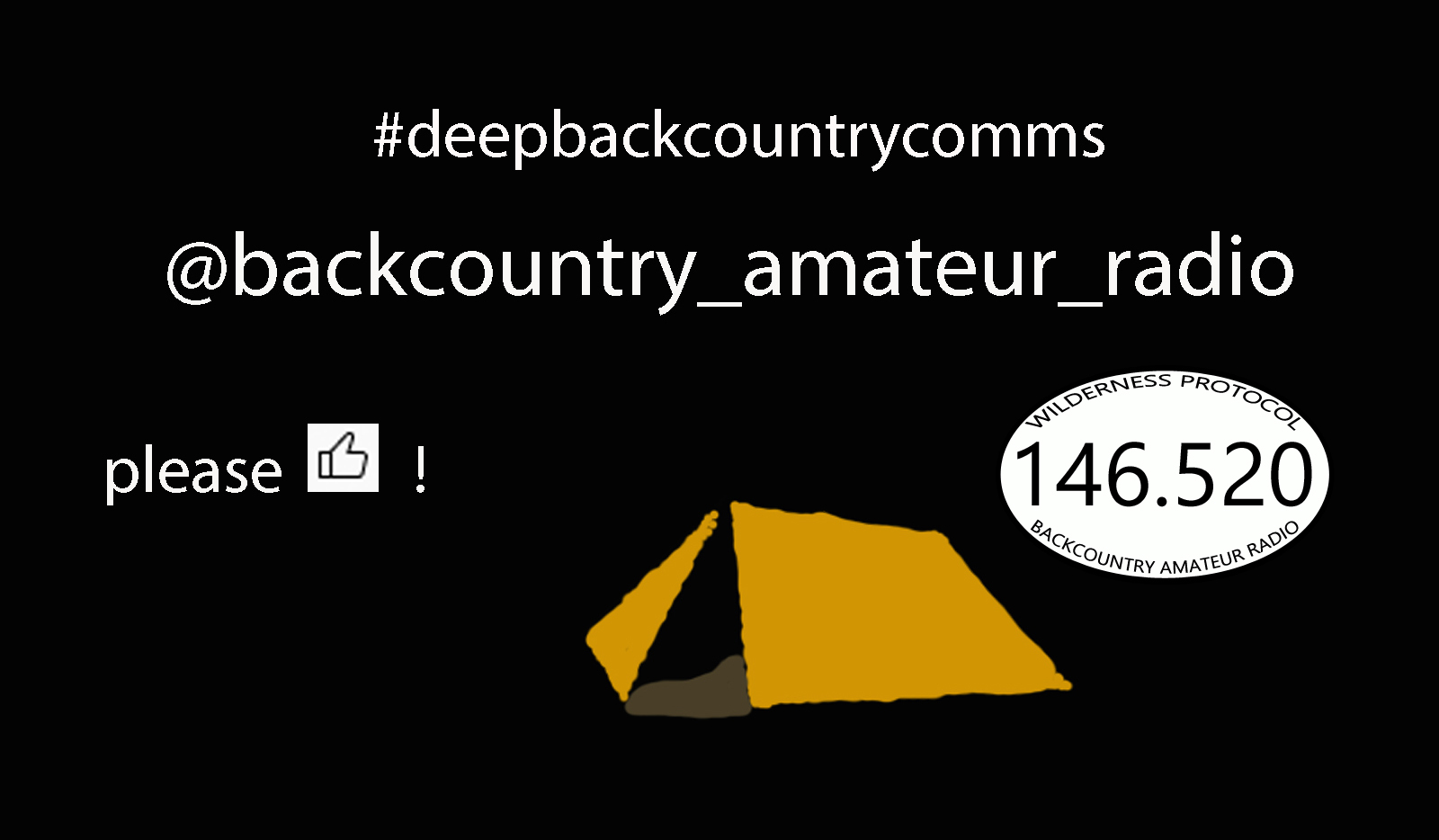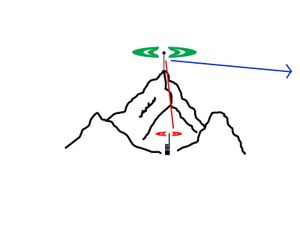The Yaesu FT-891 is a spectacular radio but not for portable or the home shack.... but the FT-817/818 really can do it all with less, which is more?
(Pictures mostly for entertainment, for videos of operating these radios in the field, visit my YouTube channel)

The FT-891 is well known and may very well be your favorite radio
The FT-817ND is legendary and may very well be your favorite radio
They have a great form factor which makes them both very portable
The 891 is however heavy, over-built, and has more features than a field portable station really needs
The 817 is much lighter, under-built in preferable ways, almost no filtering, low power
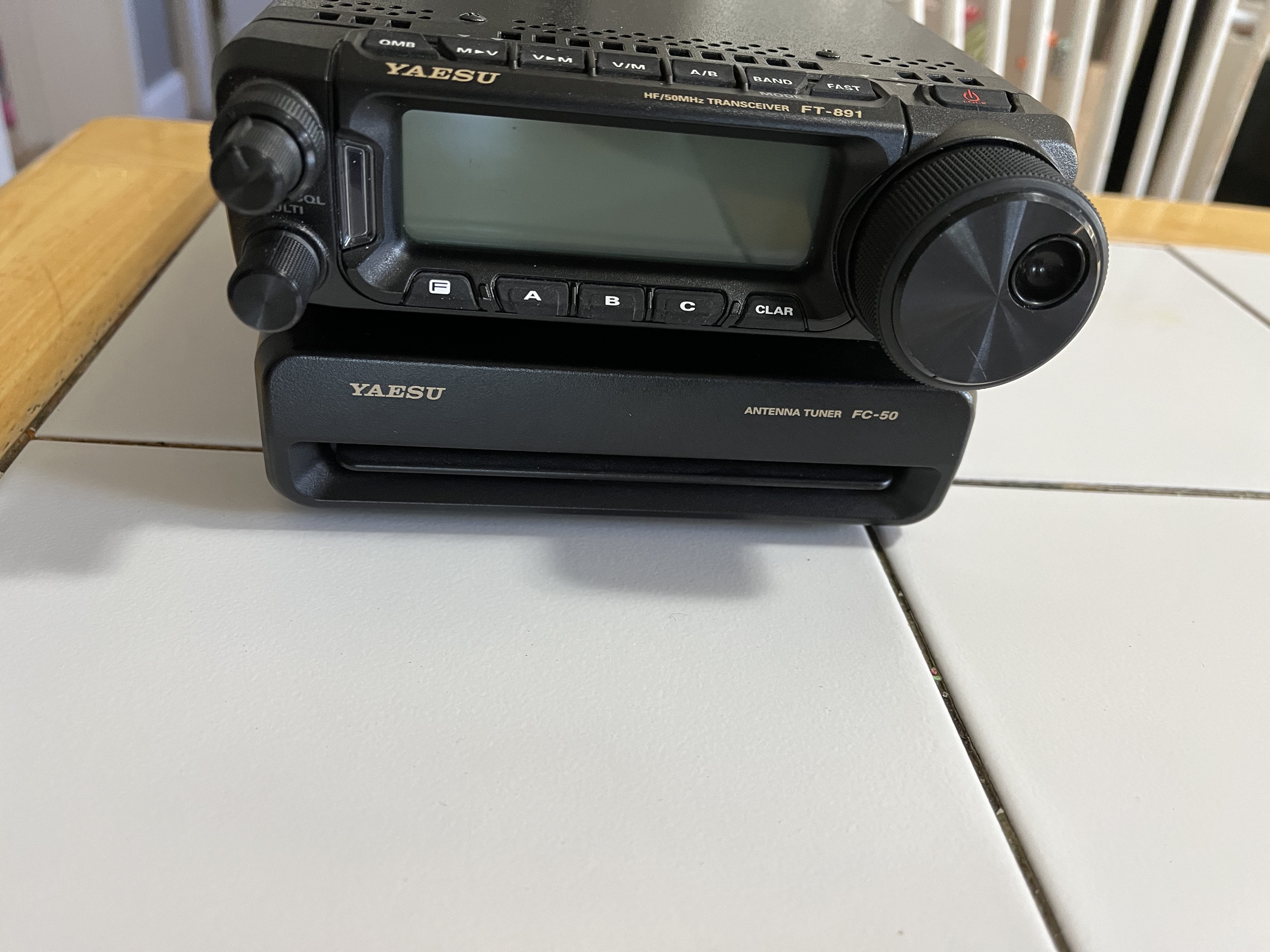
Here are the points behind my reasoning (Keep in mind I've only been been an amateur radio operator for 5 years).
Lightweight
Small footprint
Minimal filtering
Versatile
Digital capable
Flexible power
Low power consumption
The 891 doesn’t meet these criteria very well. You can blast through interference with its brute strength; this consumes valuable transmitting power, and thus, battery power (for portable operations).
The 817 meets these needs much more easily. From the optional internal battery compartment to digital interface, this radio can have antennae connected to either the front panel or rear or both. Its low power consumption is perfect for man portable operations. It’s tiny. It’s not bulked up with high power tech and filters, much of which you do not need off-grid or in mountain situations. Paired with the DigiRig, digital operation has become extremely portable.

(seen here with Yaesu FC-50 tuner, designed for the FT-891 - Works great and tunes in receive/rx which is really neat - but even less portable if you plan to use non-resonant antennae)
Weight & Size:
The brute strength of the 891 makes it heavy. This is not sustainable for continued long hauls into the wilderness nor up to summits (4.2 pounds). It isn’t terribly large but needs to be accommodated in a pack at 6.1” x 2.0” x 8.6”. The size and weight are remarkable for a 100W radio, however.
The 817 weighs in at 1.8 pounds with a smaller footprint (5.3" x 1.5" x 6.5"). It’s just smaller and if you never have a larger radio, then you probably won’t ever think about this.
These weights don’t include batteries or mics, antennas or other station elements.
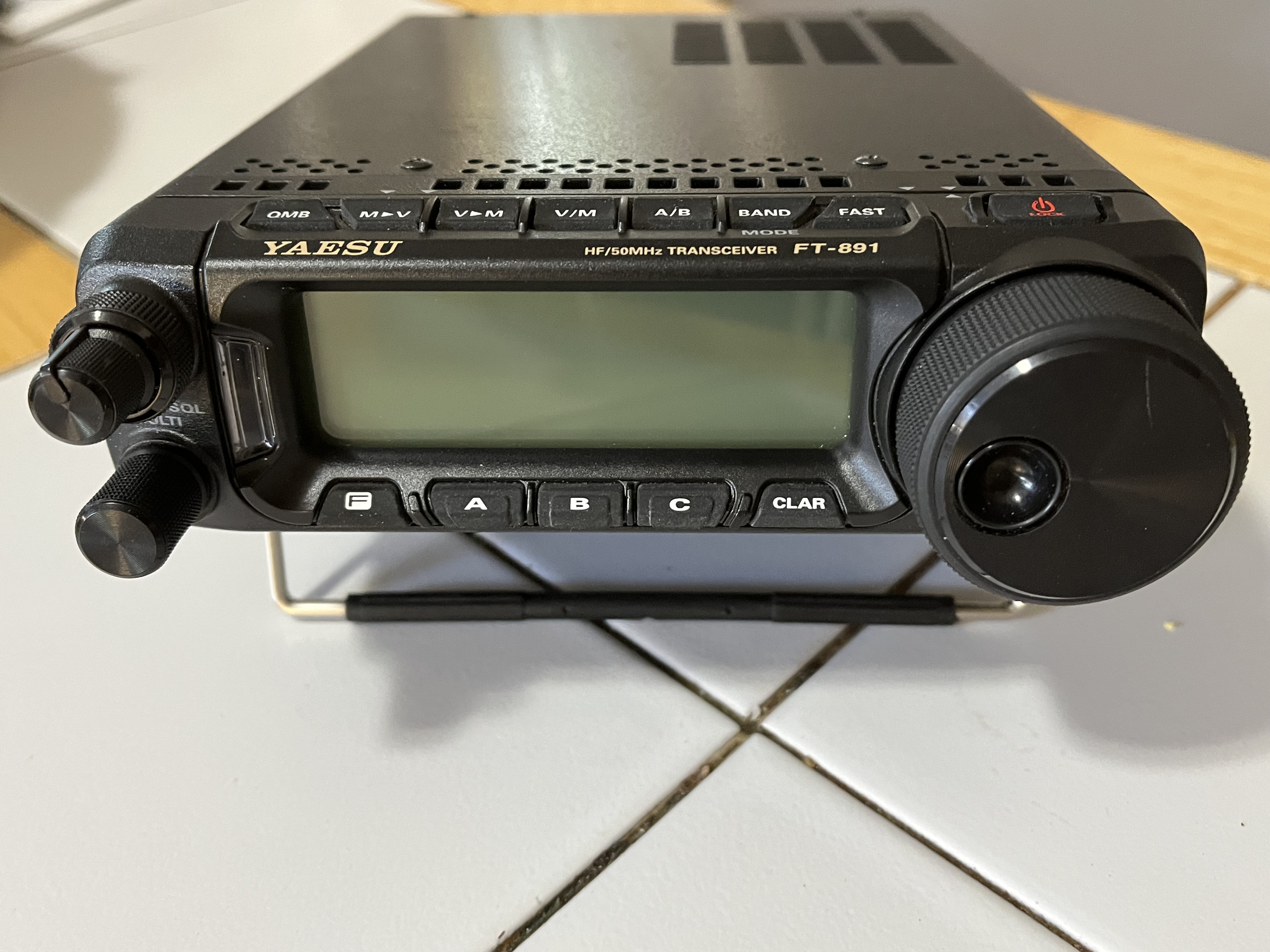
Filtering:
The DSP of the 891 makes it easier to use, absolutely. Filtering is very good for a radio of its size. Filtering for digital performance is great. Most of my operating is portable, and so much of this was unnecessary.
The 817 has slots to install filters for CW, which may also be useful for digital. A little late to the game, I don’t need, nor can I find these Collins filters. When I get to using CW, maybe I’ll worry about it. For now, the radio is that much lighter and simpler.
When operating in remote locations, there simply is minimal interference to filter. As far as voice compression is concerned, that is something missed but can be changed. However, still unnecessary for readable communication.

(operating park portable with the 817ND in hand - light enough to hold for a good long time if needed)
Versatility:
The FT-891 has 100 W of functional power for HF operation. I never used more than 60 in one situation. Largely, concerned with battery size and weight I operated 5-15 consistently in the field with no need for more. However, I would have traded the extra power for more frequencies. This consumed a 6A/h battery in roughly 3 hours. Limited to one connected antenna.
The FT-817ND (or FT-818) has 5-6W operating power and consumes far less energy (amps) per hour. It adds VHF and UHF, repeater functions, and maintains all operating modes for those frequencies. Operating SSB on VHF is a huge trade-up in my book. I can also run two antennas, one on the front panel and one out the rear panel.
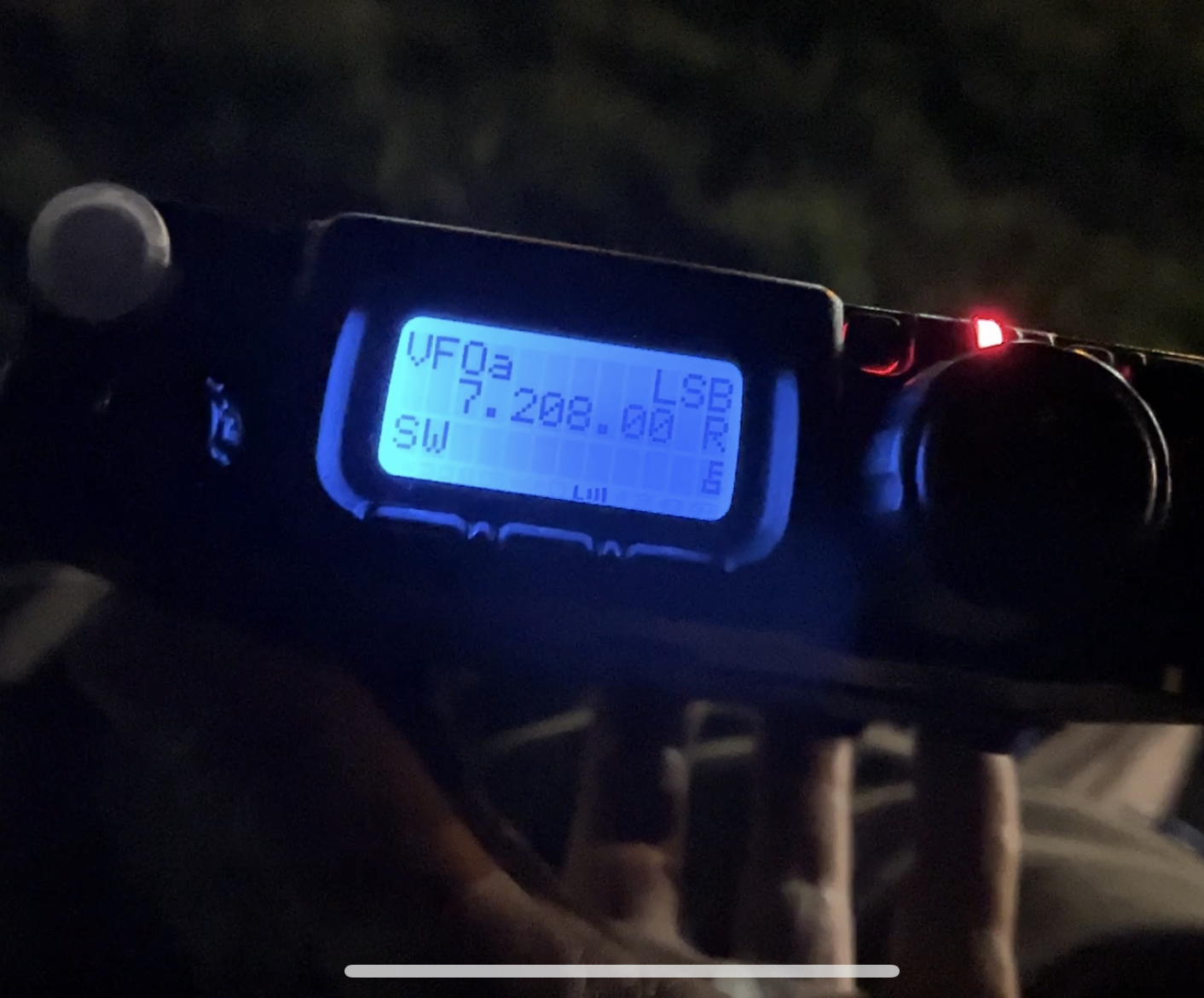
Digital:
While the Yaesu FT-891 is a digital capable radio, having to run 2 cables into a computer to use a digital interface is not only inconvenient, but stone age. It requires an external soundcard, as many radios still do, but requires a separate USB connection to the computer for CAT control features. Why Yaesu went this direction doesn’t make sense to me. I would have preferred if the system could have been as simplified as the 817/818 platform.
The 817 also has no soundcard but rather than a USB for CAT control, it is an 8-pin DIN connection which runs directly into my DigiRig soundcard, along with the DATA cable. The output to the computer is a single cable which plugs into my USB port. While I have had a little difficulty setting up different digital modes, the important ones like JS8Call and Winlink work fine.
Digital operation for me happens largely at my home station until I can find a reasonable way to run a computer device in the field.

Power:
The FT-891 runs exclusively on external power. It consumes around 1 Amp per hour in standby. That’s a lot of energy. This requires a larger external battery and a heavier panel to charge it (if using solar).
The FT-817 can run on an internal battery or external power. It consumes less than 500mA per hour in standby/receive. I can literally carry have the battery power I used for the 891 and get an extra hour of operation. This also requires a smaller solar panel, which will join the gear this spring/summer.
Streamlining the 817/818 using an internal battery option can reduce bulk and setup time afield. This is a huge win in the power flexibility category.
Conclusion:
The 891 could be a great mobile station. Some choose it as their man-portable rig. I found that I didn’t need all the excess – weight, power, filters, removable faceplate, and weird digital interface. Given the cumbersome nature of navigating menus, filters, and internal features, the user interface stands poorly for a home station. These are features that would be more acceptable in a mobile/semi-mobile situation.
In a home station, I would prefer many of the menu options to be easier to access from the front panel, this likely looks like a far more expensive radio.
The 817/817ND/818ND has many of the features that I find necessary for portability and is currently (2023) still the best option for what it offers. This statement means that special exclusions of features are desirable. A simplified radio is a feature, for example, the lack of certain filters and low transmitting power. The optional internal battery is essential for short outings. Low power is a feature I can work with. So far, using dipoles and even End Fed Half Wave antennas (EFHW) has been very successful. For VHF and UHF, Yagi antennas can increase signal significantly. One radio, multiple antennas. Low power, or QRP, operating requires thoughtful attention to equipment or atmospheric conditions that may attenuate your signal. I can live with that.
